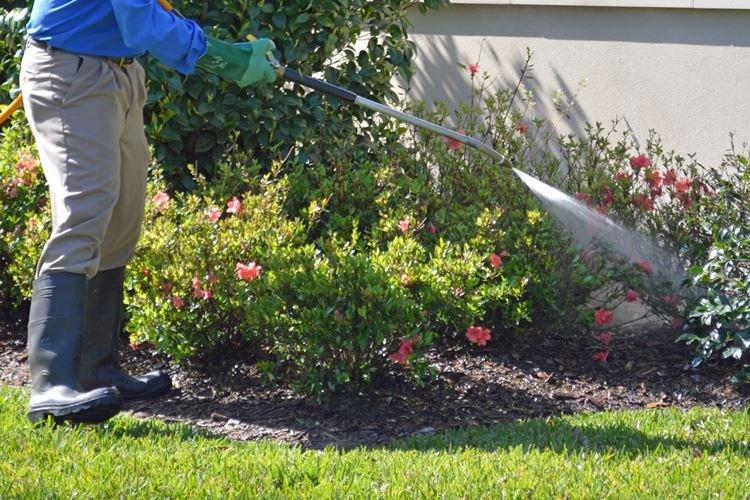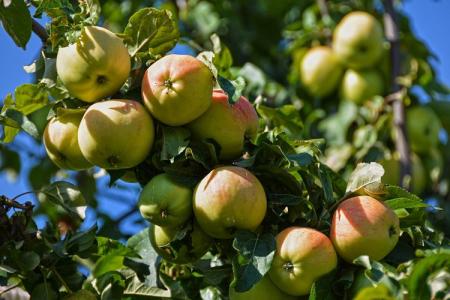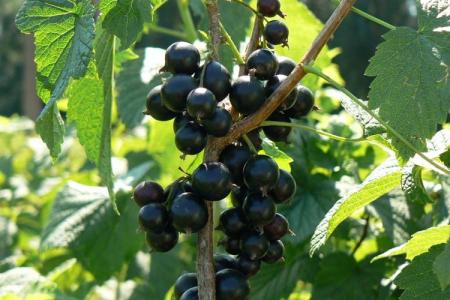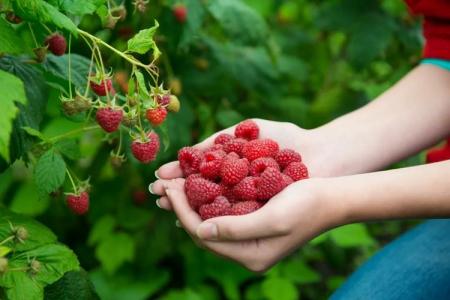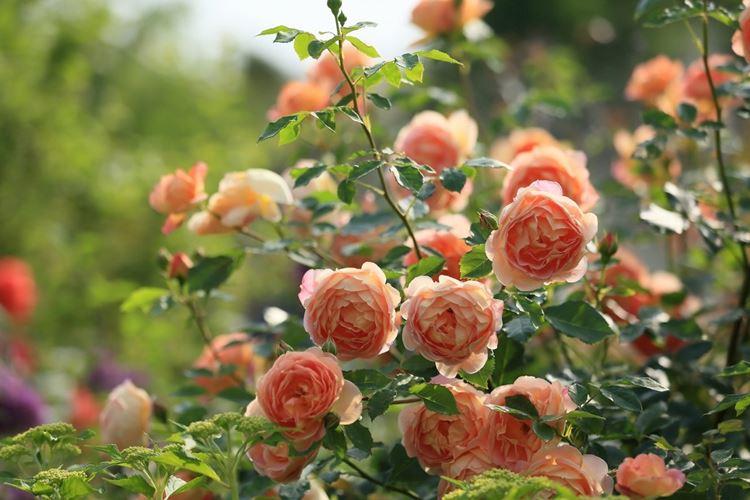
After winter, roses must be nourished with microelements in order for the bushes to grow beautiful and healthy. You need powerful nutritional fertilizers, and at the same time, it is important not to overdo it and not overfeed the flower. Any extremes have a detrimental effect on his condition and appearance. Here's how to choose fertilizers and when to apply them!
How to understand if top dressing is needed and what is missing?
Fertilizing roses is necessary for the formation of voluminous and healthy buds in large quantities. Bushes constantly need nitrogen, which stimulates the growth of shoots and green mass. And also - potassium for immunity and moisture exchange, phosphorus for healthy peduncles and buds, magnesium - for setting buds.
Certain signs of nitrogen deficiency are yellowness and poor leaf growth, small weak shoots, slow growth. With a phosphorus deficiency, the leaves are cast blue or purple, become smaller, and the bush may stop blooming. Due to the lack of potassium, the rose weakens, the shoots become short, and the buds become crooked and deformed.
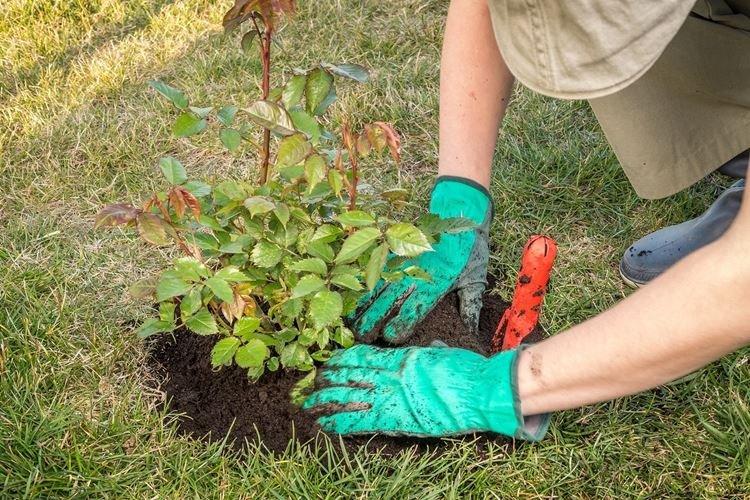
Iron deficiency leads to chlorosis of young leaves, when the plate turns yellow and the veins remain bright. The lack of magnesium appears first on old leaves, which begin to turn yellow and die off between the veins. A lack of calcium leads to the death of the tops of the shoots and deformation of young foliage.
In the spring, roses need nitrogen-phosphorus supplements, and here you will definitely not go wrong. But the main thing is to observe the schedule and proportions, because the imbalance of useful microelements leads to the death of the flower, as well as their lack. Do not overuse supplements and micronutrients unless the rose shows signs of deficiency.
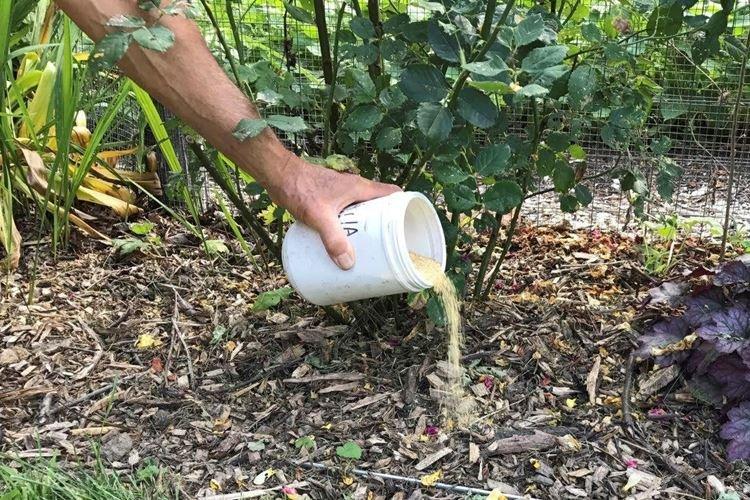
The best time to feed a rose
In the spring, the first nitrogen fertilization of the rose should be carried out at the end of March or a little later, when the ground has completely thawed out. It is important to fertilize before the leaves bloom. After two weeks, the procedure can be repeated, and the third feeding is carried out after the ovary of the first buds.
If the spring is too cold and rainy, then the rose hardly absorbs useful components from the earth. Therefore, it is better to feed her on a leaf - then the buds will be stronger and healthier in the future. We recommend applying small amounts of fertilizer, but regularly.
When choosing a top dressing for a rose, you need to take into account not only the time, but also the age of the plant. For example, in the first year, roses require almost no additives, and the next year it is recommended to use organic. Older bushes, after pruning, prefer ammonium nitrate.
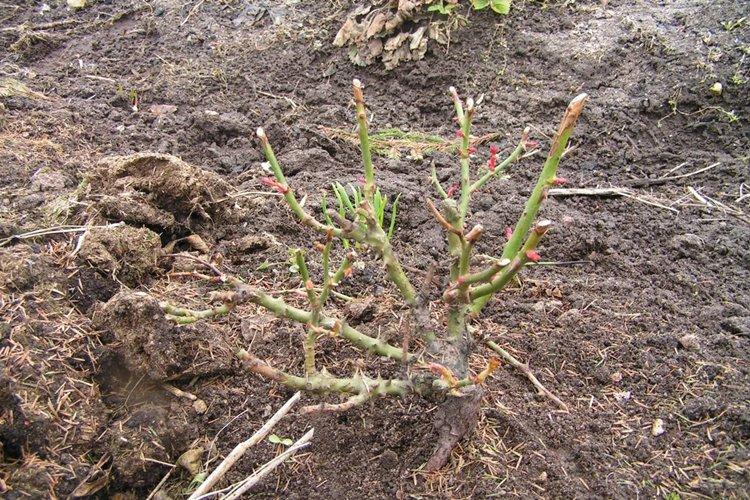
Fertilizers for feeding roses
Roses are equally fond of root and foliar nutrient delivery. You can safely combine different compositions, and to eliminate the acute deficit, take specialized fertilizers. Ready-made store dressings are well suited specifically for rose bushes.
Organic
Properly prepared organic fertilizers not only act immediately after application, but also increase the fertility of the soil as a whole. They attract beneficial worms, which loosen and oxygenate the soil. According to statistics, with organic fertilizing, the number of weeds decreases.
From the first warm days, the rose can be fed with mullein solution. First, dilute it with water 1:10, then let it brew for a week and again dilute one part of the liquid into two parts of water. This top dressing will be especially useful for young roses.
In the spring, during the active growing season, chicken droppings are great, but they can burn the roots. To prevent this from happening, prepare a weak solution: 1:20 or 1:10 for fresh or rotted litter, respectively. Let the mixture steep well for five days and dilute again with water 1: 3.
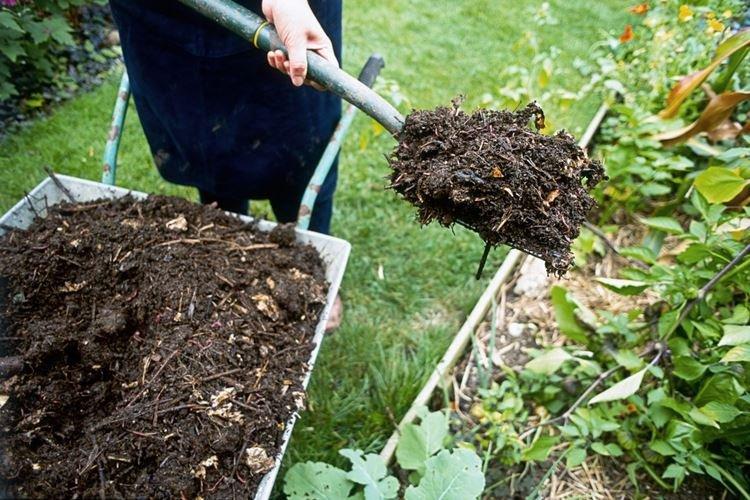
Mineral
Mineral fertilizers are especially useful for adult roses with more serious needs.20-30 g of ammonium nitrate per square can be applied immediately when the snow has completely melted. And in May, use potassium-phosphorus fertilizers, on which abundant flowering depends. For a solution, it is enough to dilute 10 g of potassium sulfate and superphosphate in a bucket of water.
The closer the flowering, the less nitrogen the rose needs, because instead of buds, it will continue to grow green mass. But the potassium-phosphorus solution needs about 4 liters per bush. In addition, periodically roses need boron, manganese, calcium, magnesium, copper and iron.
It is very convenient and easy to use complex fertilizers, the composition of which is already balanced. Root dressing for roses is carried out approximately once every 7-10 days, and foliar dressing - every 10-14 days. Do not apply complex fertilizers immediately after transplanting plants and wait at least a couple of weeks.
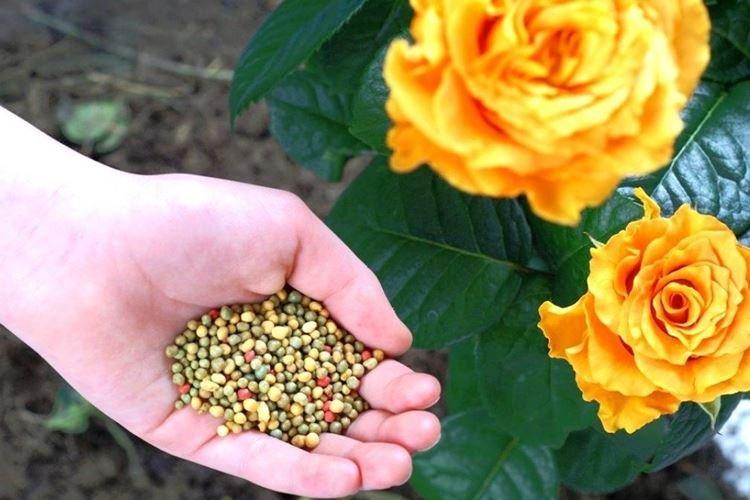
Folk remedies
Classic folk recipes for feeding roses have been known for centuries, since the days when the concept of specialized fertilizers did not exist in principle. Like any organic matter, such products are completely natural and environmentally friendly!
Feeding roses with weeds
Herbal infusion is an effective aromatic alternative to classic organics. For cooking, fill a bucket by a third with grass, tops and weeds, add 2 tablespoons of soda ash, a fraction of water and wait until the composition ferments. Strain the liquid, dilute with water 3:10, you're done!
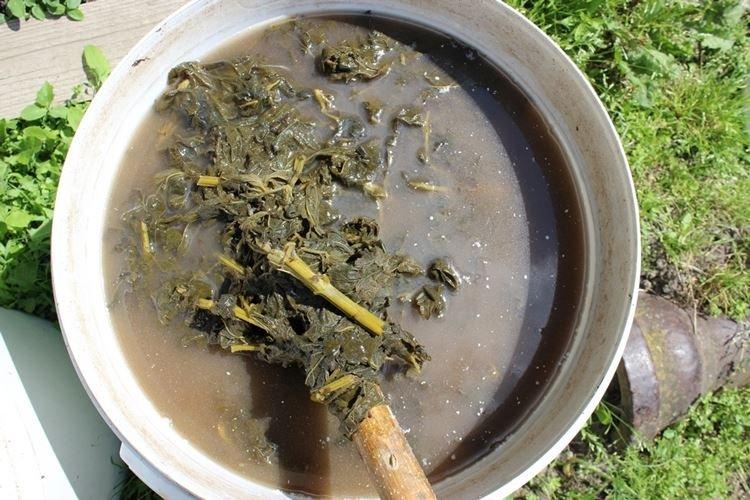
Ash feeding
Ash is another organic fertilizer for any garden seedlings. It is especially rich in potassium and also contains magnesium, iron, calcium, sulfur and phosphorus. If you want to embed dry ash in the soil, you need about 200 g per square. Or you can prepare a watering solution: 30 g per bucket of water.
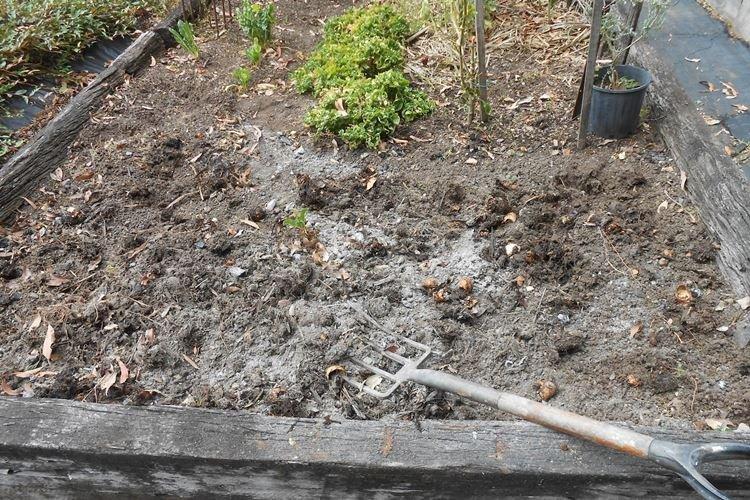
Feeding roses with yeast
Rose Yeast Feeding is a good homemade alternative to store-bought potash-phosphorus mixtures. Yeast provides lush flowering and activates metabolic processes. In a bucket of water, dilute 10 g of dry yeast, 2 tablespoons of sugar, let it brew for 2 hours and again dilute with water 1: 5.
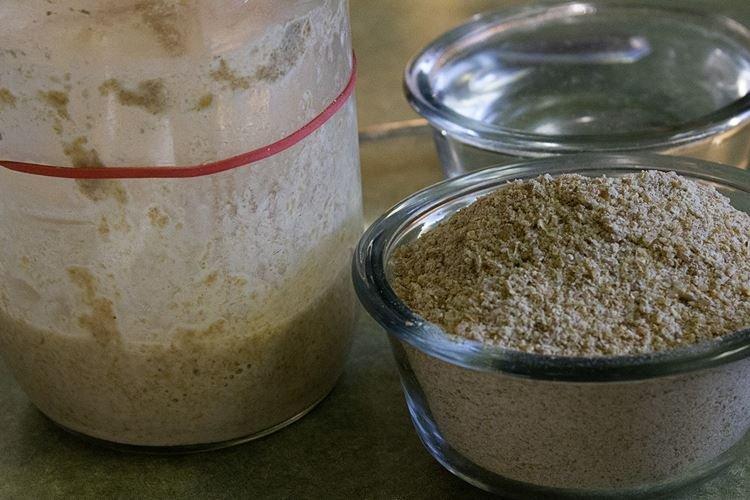
Top dressing with food waste
For centuries, gardeners have been composting food waste, especially now there are even special machines for this. Previously, organic matter was closed in a dark box and earthworms were launched there. The humate content in food waste is higher than in rotted manure.
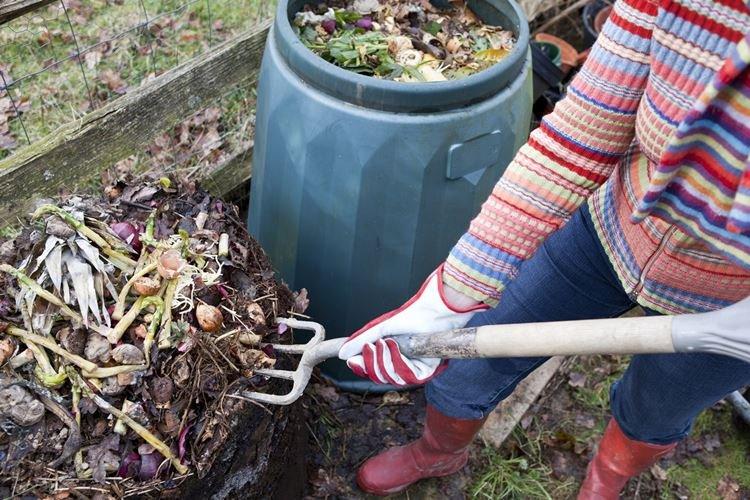
How to feed roses in spring for lush bloom
When planning a rose fertilization schedule, keep in mind that there is no single universal standard. The main thing is to coordinate the regime with the natural life cycles of the plant. And then you will definitely be able to achieve lush and long flowering!
Early spring
After spring pruning, when the buds begin to swell, apply nitrogen fertilizers or complex mixtures with its increased content. Basically, this will be the middle of April, and in a cold year - its end. First, spill the soil with warm water so that the rhizome warms up well and begins to better absorb the beneficial components.
Under one bush, you need about 100 g of bird droppings or 3 kg of rotted mullein. If you prefer to use solutions, then pour out 3-5 liters. The consumption of mineral dressings per square meter is 25-30 g of ammonium nitrate or 30-40 g of universal mixtures.
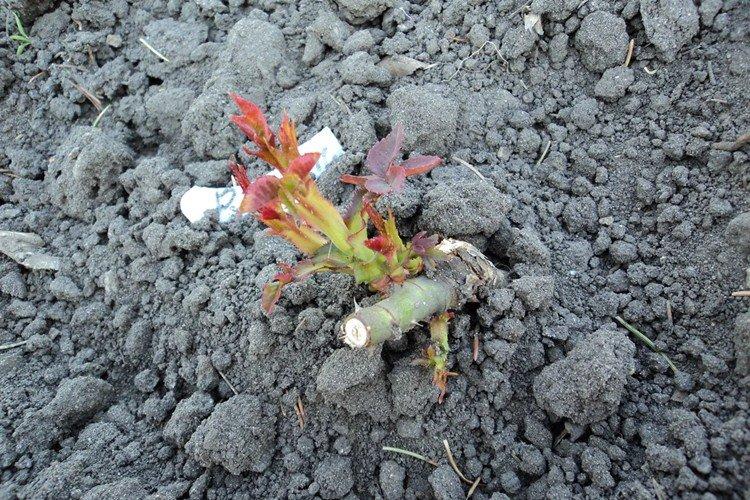
In the middle of spring
The second time the rose is fed after the start of the growth of the shoots. It will be around mid-May and the bushes still need nitrogen for healthy development. Use 10-15 g of ammonium nitrate and potassium salt, 25-30 g of superphosphate, or 3-5 liters of mullein.
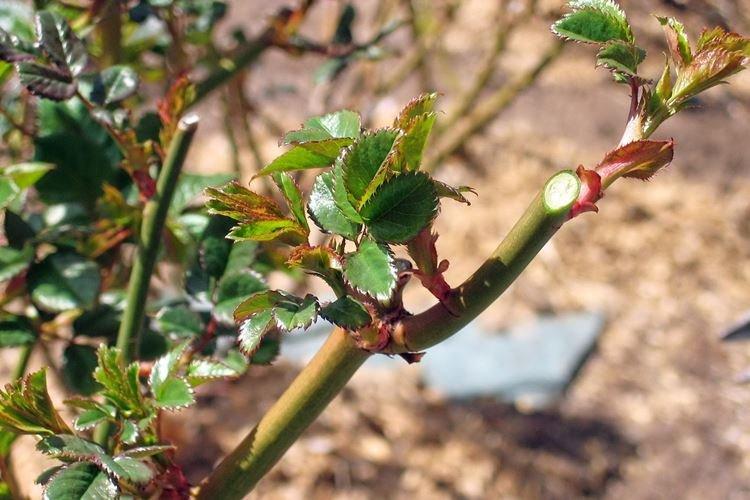
Late spring
The third feeding of roses by the end of May already directly affects the quality and number of flower buds. You will need half a spoonful of calcium nitrate and 3-5 liters of bird droppings solution under the bush. Instead of potassium sulfate, you can use 10-15 g of potassium nitrate or potassium magnesium.
